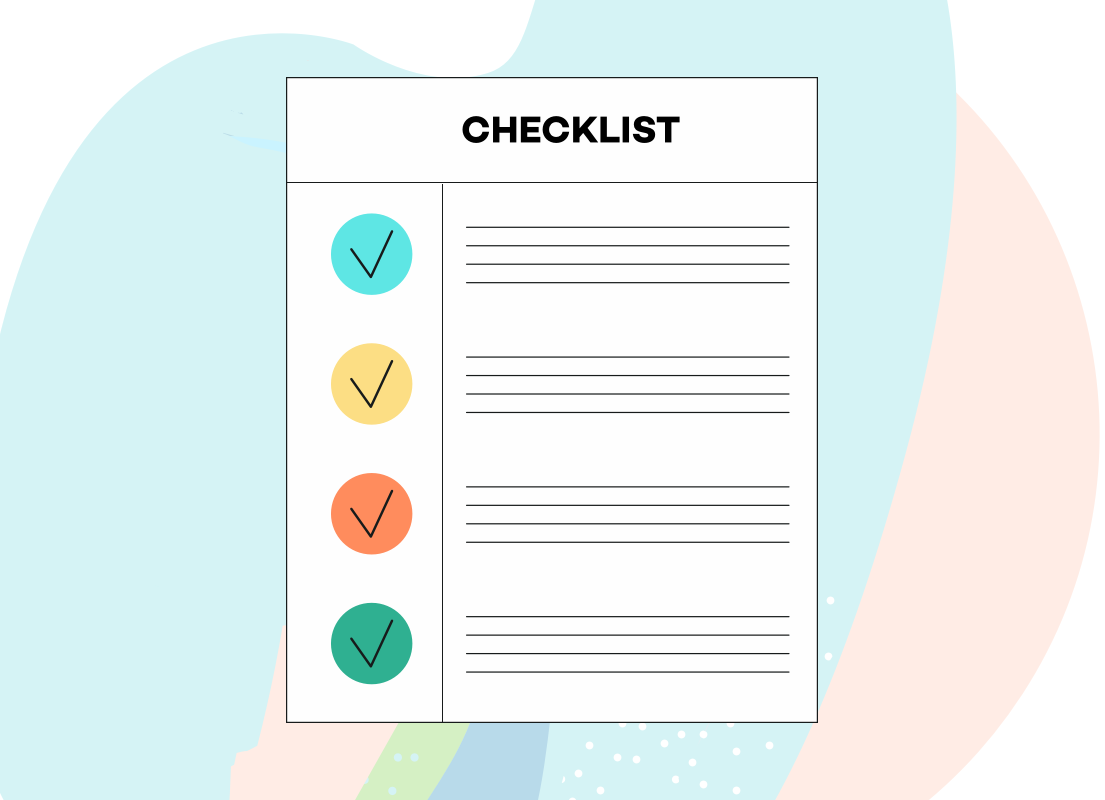1. Is there a gap in the market?
Before you decide to create your own ICO, the first question you should always ask yourself is: why does the market need this? What problem does this product solve? To be successful, people must actually need what you’re selling. It sounds simple, but you’d be surprised how many people start a business without first checking if anyone even wants their product. If you just want money, people will be able to tell from a mile off. They won’t trust you, and your venture will fail.
2. Figure out your token model
There are two main types of token: the utility token, and the security token.
They have some distinct differences, so you’ll need to do some research to figure out which one would be most suited to your needs.
3. Figure out your monetization plan
How will you budget your money? How will you raise more money? The last thing you want is to run out of funds halfway through, as this will mean you’ll have to put the brakes on your project.
Make sure you’re complying with the rules and regulations.
To make sure everything is legal, you’re going to have to check which laws you’ll need to follow. For example, this could include reading into the SEC rules and making sure you’re GDPR compliant.
4. Make sure you have a whitepaper
One of the first things potential investors are going to want to see is your whitepaper. For this reason, it’s important that you spend a lot of time perfecting it and getting it checked by a professional.
A good whitepaper is succinct, clearly laid out, and answers the main questions people have about your ICO.
Marketing Your ICO
Have a consistent visual language
This means making sure your logo, UI, and graphics are all in line with each other and match the rest of your branding.
Define your audience
Defining your main customers perhaps the most important step of your marketing plan.
Try to stick to ‘the rule of one’. Appeal to one reader with one big idea, and offer them one big promise that will make the offer irresistible.
Communicate clearly
Make sure investors fully understand the benefits of investing in your idea. In order to do this, you’ll need to make sure your content marketing (for example, blog posts) is on point.
Have an advertising plan
In such a crowded industry, a good advertising strategy is vital. However, you’ll need to be increasingly careful about what kind of advertising you do.
For instance, crypto advertising is not allowed on many popular platforms such as Google, Facebook, and Medium any more.
Leverage social media
Advertising through social media channels such as Reddit, Facebook, YouTube, and LinkedIn should not be underestimated.
These websites all have millions of active users – and in most cases, they’re completely free to post on.
Have good customer service
Be available for your customers. Make sure there’s a way for them to contact you if they have questions or problems.
Reach as many people as possible
As well as advertising online, get out there and talk to people about your project. For example, attend events and road shows where your target audience is likely to be.
Regular updates
Update your customers regularly with what’s going on and the current state of your project. Keeping them in the loop will show that you care about them – and it’ll also prevent them from forgetting about you!
Don’t buy your users
Many people waste valuable money on buying fake engagement – such as likes on Facebook or Instagram. However, this doesn’t produce relevant customers, and is largely a waste of time.
What Should Your ICO Product Website Include?
Creating a product website can feel overwhelming. But here’s a list of the main things you should be sure to include:
- Communicate the features and benefits of your product clearly.
- Find relevant advisors and feature them on your website. Make sure they add to your project in some way – don’t just add people because it looks good.
- Add partners to your website.
- Mention any bounty programs you’ll be running that could motivate your users. For example, you might choose to reward users for giving valuable feedback, or finding bugs.
- If a large part of your customer base speaks a different language, include relevant translations into that language on your website.
- Add a couple of explainer videos – ideally a short version and a longer version. Many people won’t have the time to scroll through all your content, and they’re much more likely to pay attention if they can sum up your project in a couple of minutes.
- Adding a FAQ section will provide more clarity for users, and it’ll also save you time so you don’t have to keep explaining the same things over and over again.
ICO Website sections:
- Token Info
- Public token sale timeline and process
- Bonuses
- Distribution
- Allocation
- Distribution Schedule
- Road map
- Ratings
- Bounty program
- ICO listings
- Featured in newspapers section (with the list of articles)
- Link to whitepaper
Product page
- The product presented in detail
- Use cases /
- Token Economics / incentives explained
Roadmap page or section:
- Your road map and what will be developed
- Allocation of funds explained in full detail
- What will happen if only the soft cap is reached
Whitelist Page
- Make sure everything is legally approved
- A user friendly form
- Clear instructions how to upload passport/identification
- Make sure you have a safe way of storing data
- Terms of Sale
- Be GDPR/SEC compliant
Account page
- Show users where they are in the KYS process, as well as how many tokens they have purchased.
- Show relevant user info



